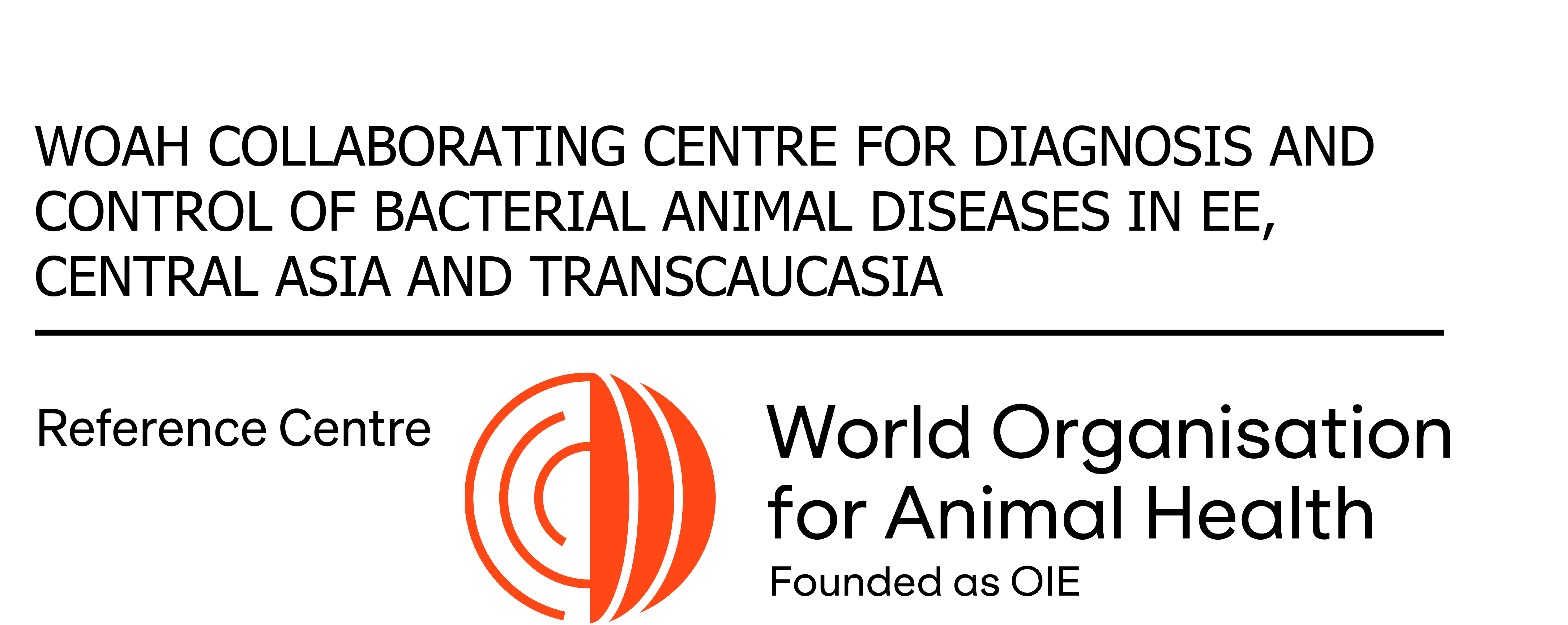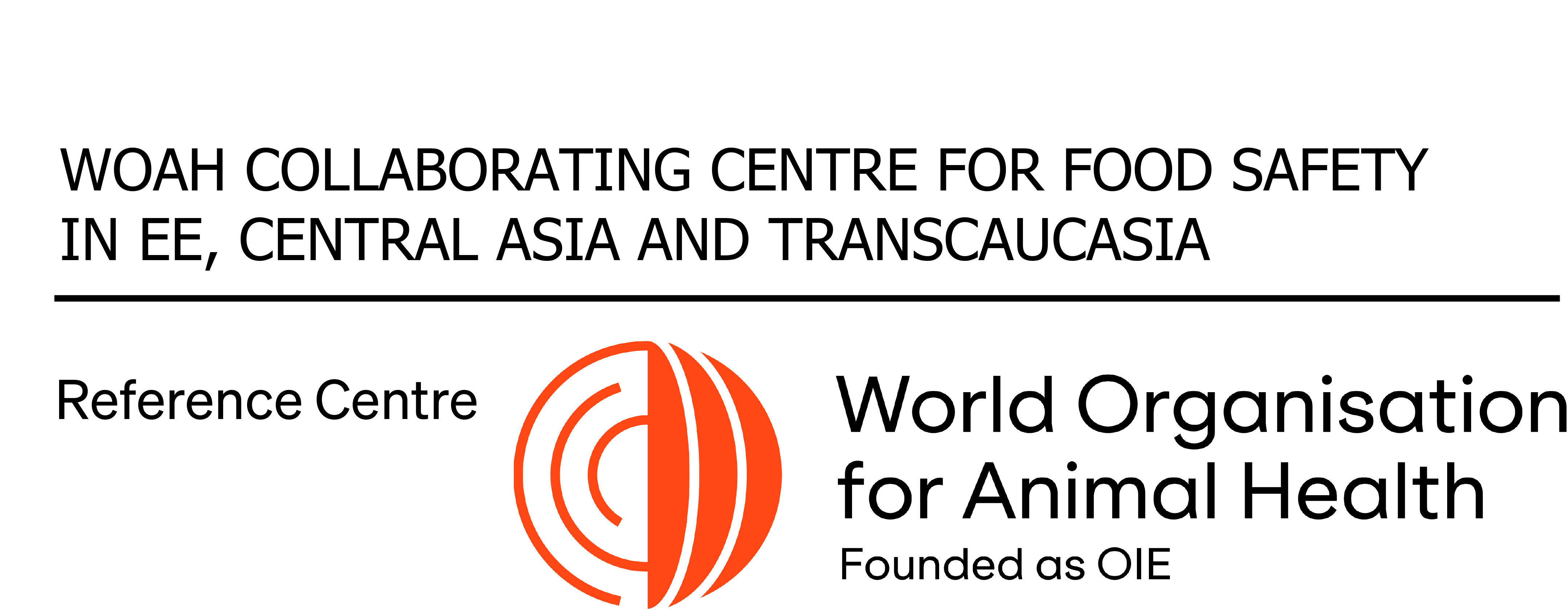Scientists FGBU VGNKI Publish Article about Method to Determine Triphenylmethane Dyes in Aquaculture Products
Moscow - Researchers of the Russian State Center for Quality and Standardization of Medicines for Animals and Feed (VGNKI) published an article about the previously developed method for determining triphenylmethane dyes - potentially carcinogenic compounds - in aquaculture products. The technique allows to carry out a confirmatory analysis and to identify compounds dangerous for human health in the laboratories equipped with mass spectrometers with a triple quadrupole system. The scientific article on the development of the FGBU VGNKI was published in the journal «Veterinary Medicine» in March 2019.
Triphenylmethane dyes (TPD) is a group of substances that are actively used in the cultivation of aquaculture objects in the countries of Southeast Asia, Latin America, and in the CIS countries. The widespread use of these dyes is associated with their antibacterial and antifungal properties, as well as with low cost. At the same time, some of these dyes in certain concentrations have carcinogenic and genotoxic properties. In this regard, the use of TPD in aquaculture and livestock is prohibited in the European Union, Canada and the United States. Despite the fact that TPD is used in the Russian Federation, these substances are not registered in our country as medicines for veterinary use, therefore any residual content in animal products is not allowed.
Many existing methods for carrying out a confirmatory analysis for residues of triphenylmethane dyes in animal husbandry require expensive equipment and large amounts of reagents. For this reason, VGNKI has developed a technique that allows to determine the quantitative content of TPD in aquaculture products in laboratories engaged in confirmatory analysis and having a triple quadrupole mass spectrometer or ion trap on its laboratory base. The technique makes it possible to detect dyes in aquaculture objects with their content from 0.5 µg / kg, which is 4 times lower than recommended in EU for laboratories involved in the control of these compounds in food products.





